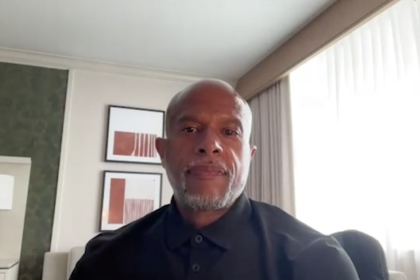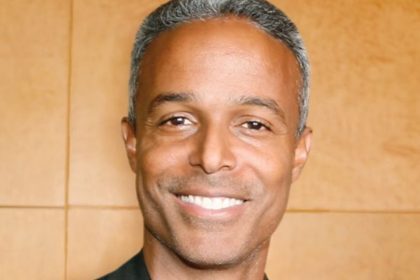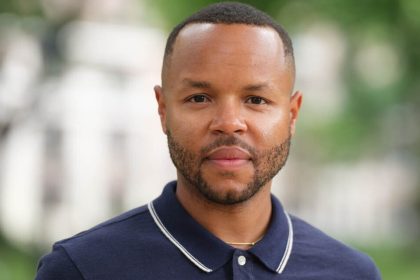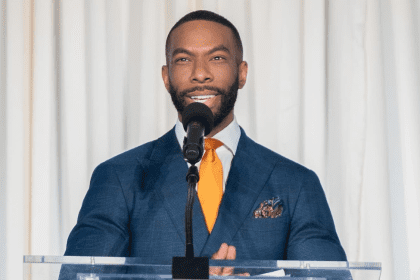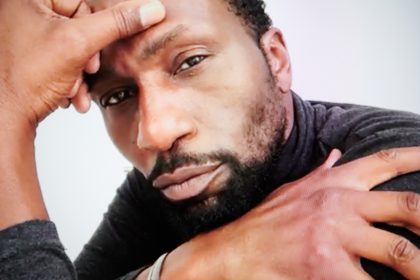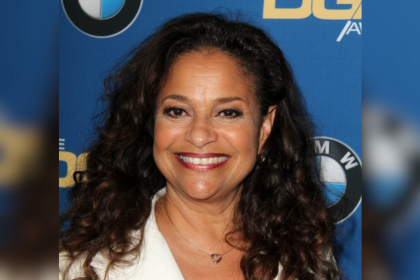
John Fitzgerald Gates: Strategic diversity, part 1
John Fitzgerald Gates is a Morehouse Man on a mission, diversity. His company, Criticality Management Consulting, is located on Madison Avenue in New York City. Founded in 2010, Criticality Management Consulting’s motto is “Leveraging diversity to improve business performance.” Gates uses a business discipline called “Strategic Diversity” that is changing how large companies such as NASCAR, Wal-Mart, and CVS are redefining diversity to meet business goals, not just social quotas. Rolling out talked with Gates about his company.
Tell us about the start of your company, why did you see a need to be filled?
I have over 20 years experience in higher education. I decided for the next phase of my life to concentrate more on my passions, one of which is diversity. I understand diversity much differently than most other people and have something of value to offer. I developed Criticality Management Consulting. Criticality is born out of 20 years of research in change management and diversity strategy, and that’s how it began.
What year was that?
2010
What is the biggest issue you deal with?
The biggest issue is the lack of understanding of what diversity is and is not. The narrowness of definition and the ensuing lack of integration of diversity into business strategy.
Define diversity.
Most people would define diversity as some aspect of human differences. Whether it is race, gender, sexual orientation or geography. I understand it differently. I define it as excellence. Excellence, expressing itself as differences, similarities, complexities and tensions. Diversity is mired with a 30-40 year old understanding around affirmative action, equal opportunity and otherness. That understanding limits the effectiveness of diversity and really places it in a box What I have done is create diversity within a paradigm that is fully inclusive. That involves and embraces all people and all things that are diverse.
How are you received by corporations that you are engaged with?
Most companies have been shocked.
Why is that?
Because I practice “Strategic Diversity.”
And what is that?
Most organizations practice a form of “Workforce Diversity,” which revolves around advancing the numbers of certain people within the work force, in given areas. That is an affirmative action type of model that literature has indicated has not been very successful.
Strategic Diversity is specifically designed to advance business missions and goals. So it is business based diversity rather than a social based diversity first and foremost. And companies are really beginning to engage within themselves that it is a time for a shift in the discipline. It’s time for a shift from a social based diversity practice into a business based diversity practice. A practice in which diversity is part of an organizational line strategy to meet whatever the goals and missions are, so that is a real big difference.
Companies overall have received it very well but there are tensions in the discipline. Strategic Diversity requires that one understands the business of the businesses that the company is in and that one intentionally seeks to leverage all aspects of diversity to increase business performance. That diversity may or may not be a racial or representational diversity. It may be an operational diversity, it may be a diversity of policy, practice or a diversity of thinking all of these issues come into play. Those situations require a different set of understanding and skills.
Strategic Diversity requires systems thinking, the ability to think beyond ones narrow purview and into and across all the disciplines of the organization in which you work. This is in order to understand where the diversity pivot points are and to understand how to leverage diversity to meet the business goals. So it is asking people to not fully jettison what they have learned and practiced around workforce diversity in past 30 -40 years, but to rather to recognize that diversity is so much more complex than workforce diversity.
Diversity is like an onion, the outer layer is representational diversity, race, gender, sexual orientation, et al. But there are multiple other layers to get to that innermost core at the heart and that is excellence. Then the task for diversity officers is how do we help our companies move from representation to excellent? What else is in that matrix that we are not attending too? And that requires systems thinking, change management, the understanding of complexities, the ability to think beyond human resources, the ability to impact culture, all of these things become vitally important.
END PART 1


